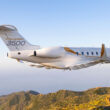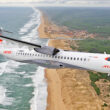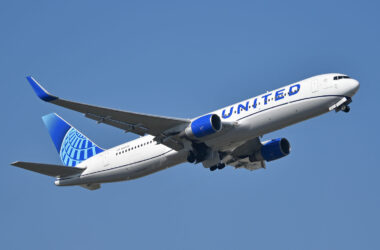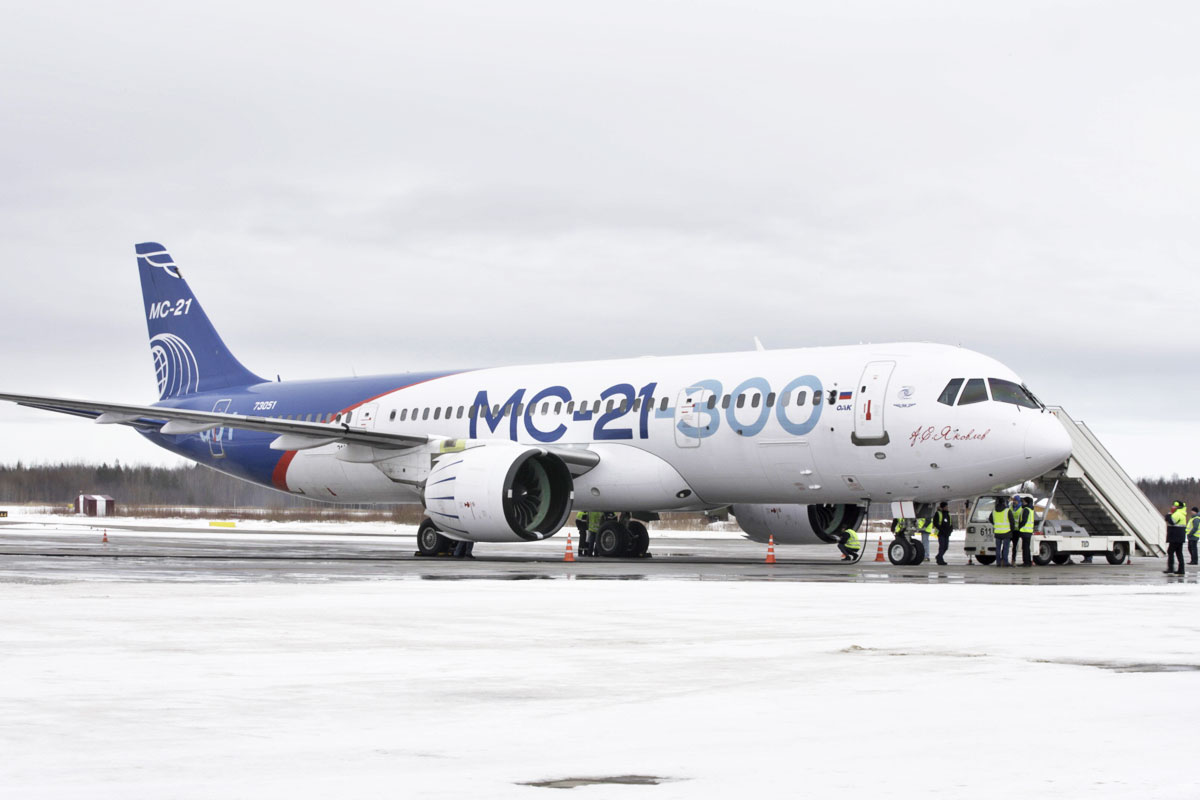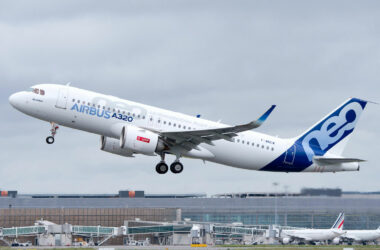“Where there is smoke there is fire”, goes an old saying, and the episode about a possible Embraer commercial jet capable of rivaling the Boeing 737 and Airbus A320 seems to follow this reasoning.
Embraer has frequently been asked whether it could compete in the market with a narrow-body aircraft and its executives respond that technically they can, but that they do not want to do so now.
Francisco Gomes Neto, the CEO of the Brazilian company, has said more than once that he is sure that Embraer is capable of this, however, it would not be the time to make a decision in this regard.
Follow Air Data News: WhatsApp | Google News | Instagram | LinkedIn | Twitter | Facebook
On Wednesday, after the renowned Wall Street Journal revealed through sources with knowledge of the matter that Embraer is evaluating the alternative, the news spread and even ended up distorted by the general media.

Embraer didn’t take long to go public and repeat what it has always said, that “it certainly has the capability to develop a new narrowbody aircraft”.
“However, we have a young and very successful portfolio of products developed in recent years, and we are really focused on selling those products and making Embraer bigger and stronger,” concluded a spokesperson interviewed by Reuters.
Narrow body market is huge
In fact, Embraer needs to focus on its line of E2 jets, which has so far accumulated only 306 firm orders against more than 1,900 1st generation aircraft sold.
However, the air travel market is hungry for single-aisle aircraft with 150 to 240 seats. Airbus already has almost 10,500 orders for the A320neo family while Boeing has around 7,900 gross orders for the 737 MAX series.
Therefore, it is a segment that far surpasses the market for jets between 100 and 150 seats, where Embraer operates.

It is no coincidence that major Chinese carriers are announcing significant orders for the COMAC C919, an equivalent domestic aircraft. In addition to supporting Chinese industry, they are becoming less dependent on the Western duopoly.
Embraer’s apparent reluctance to enter this fight is entirely to be expected. The investment is high, the risks are not small and, as we mentioned, the timing is not ideal, as reinforced by AerCap, the lessor who is a large customer of the manufacturer.
Aengus Kelly, the company’s CEO, said he doubted that Embraer would be able to launch an aircraft by the end of the decade and cited the difficulty with new engine technologies.
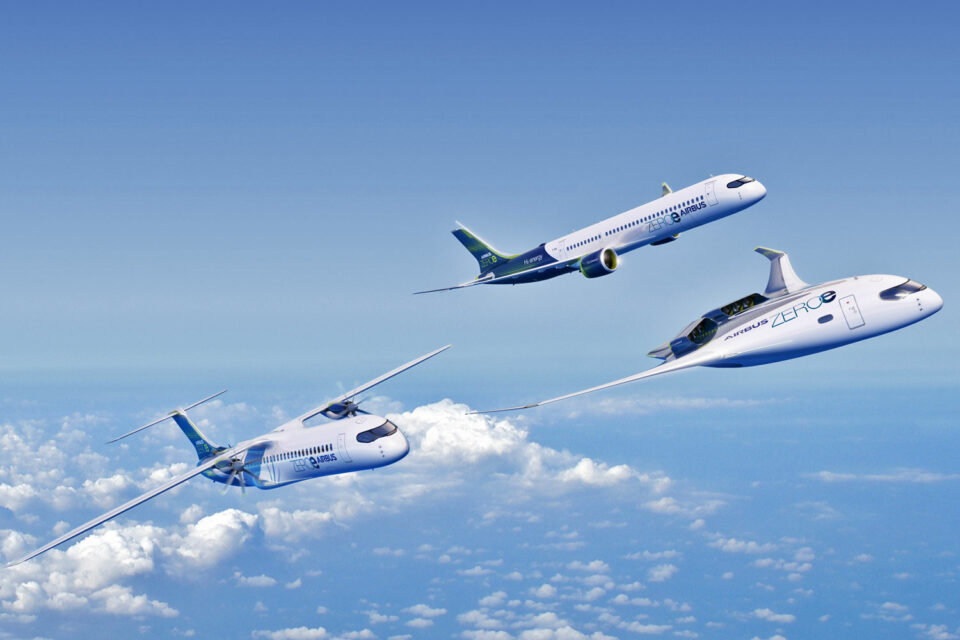
Just “rumors”?
The industry is looking for an alternative to zero carbon emissions by 2050, but for now there is no clear path. Airbus has already chosen hydrogen as the most promising technology, however, it will require huge investments in infrastructure and will have to be supported by many countries to be successful.
Large battery-electric planes, on the other hand, are still a long way from being viable.
The question that remains is why would the Wall Street Journal support an article like the one on May 1st? Such a reputable and respected outlet wouldn’t just publish a “rumor”.
Therefore, it is difficult to believe that within Embraer there are no people thinking about an aircraft like this, even if it is just a theoretical exercise for now.


